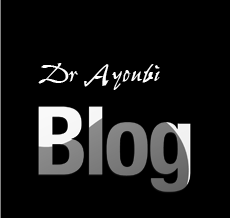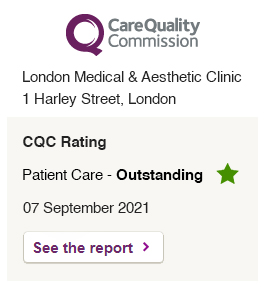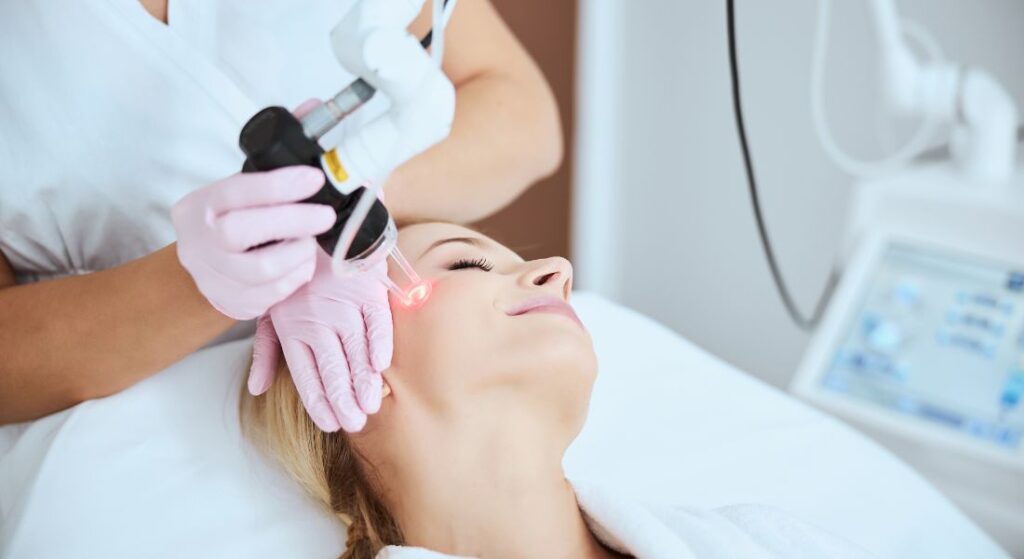
If you’ve been researching skin rejuvenation treatments, you’ve probably come across CO₂ laser resurfacing. It’s widely recognised as one of the most powerful ways to target fine lines, wrinkles, sun damage, acne scarring, and uneven skin texture. Unlike lighter treatments, it works deep within the skin to stimulate collagen and encourage long-term renewal.
However, because it’s more intensive, many people feel unsure about what the treatment actually involves and how much discomfort they might face. It’s normal to feel hesitant about any procedure that uses a laser, but understanding the process helps take away some of the fear. Let’s break it down, step by step, so you know exactly what to expect and can decide if it’s the right option for you.
The Treatment Itself: What It Feels Like
During CO₂ laser resurfacing, the device directs concentrated beams of light to create thousands of microscopic, controlled injuries in the skin’s surface. These tiny channels trigger your body’s natural healing response, stimulating fibroblasts to produce new collagen and elastin. That might sound intimidating, but the actual sensation isn’t usually as dramatic as it sounds. Most patients describe it as a series of short, sharp, hot snaps across the skin, a bit like the flick of a rubber band combined with a warm prickling feeling.
The sensation can feel stronger on thinner or more sensitive areas such as around the eyes or mouth, and lighter on the cheeks or forehead. The level of discomfort also depends on how aggressive the settings are — lighter passes are gentler, while deeper resurfacing feels hotter and more intense.
The Role of Anaesthesia
Fortunately, you won’t be expected to go through CO₂ laser resurfacing without pain management. Clinics use anaesthesia in different forms depending on the treatment area and intensity. For lighter or smaller treatments, a strong topical anaesthetic cream is usually enough to numb the skin and keep you comfortable. For more extensive resurfacing, particularly when treating the whole face or combining with other procedures, local anaesthetic injections or even mild sedation may be recommended.
This helps to ensure that the laser energy can penetrate effectively without leaving you distressed by discomfort. The clinic team will also monitor you closely throughout to adjust as needed. Knowing that anaesthesia is part of the process should reassure you that you won’t be left to endure unnecessary pain.
Pain Levels: Mild to Moderate
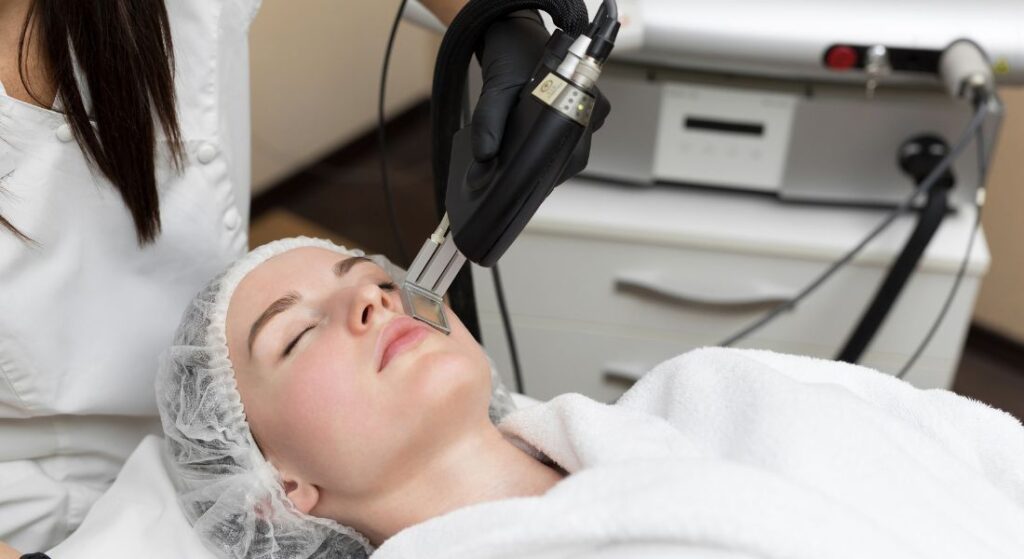
When people describe the pain of CO₂ laser resurfacing, most place it somewhere between mild and moderate. It isn’t completely painless, but it’s also not the unbearable ordeal some imagine. While the laser is active, you may notice tingling, warmth, and a series of hot flicks across the skin. The sensation tends to peak during the passes but calms quickly once the treatment is over.
Most patients say the discomfort is manageable, particularly with the help of numbing and the knowledge that the session is relatively short-lived. It’s worth remembering that everyone’s pain threshold is different — what feels like mild heat to one person may feel sharper to another. Still, the vast majority find the treatment tolerable and are more focused on the results than the brief discomfort.
Immediately After Treatment
Once the anaesthetic wears off, you can expect a stinging or burning sensation similar to a strong sunburn. This usually peaks in the first few hours and then gradually subsides. Your skin will look red and may feel tight or warm to the touch. Cold compresses and soothing gels provided by your clinic can make a big difference in easing those first hours of discomfort.
It’s also common to feel a bit sensitive when speaking or moving your face, especially if you’ve had treatment around the mouth or eyes. Many people find that using a fan or keeping the room cool helps. This stage can feel intense, but it’s short-lived, and most patients say it’s manageable once they settle in at home with their aftercare.
The First Few Days of Recovery
In the days that follow, your skin will feel tender, and there may be swelling. This is completely normal and part of the healing process. Many people describe it as a combination of sunburn and mild irritation. Keeping your skin clean, hydrated, and protected from the sun is key. Sleeping slightly propped up on extra pillows can also reduce swelling and make you more comfortable.
You might notice that your skin starts to feel dry or flaky as it begins to renew itself — this is a good sign that healing is underway. Some people also experience mild itching, which is another normal stage of recovery. Avoid scratching or picking, as this can affect results. With gentle care, the discomfort usually improves day by day.
Managing Discomfort at Home
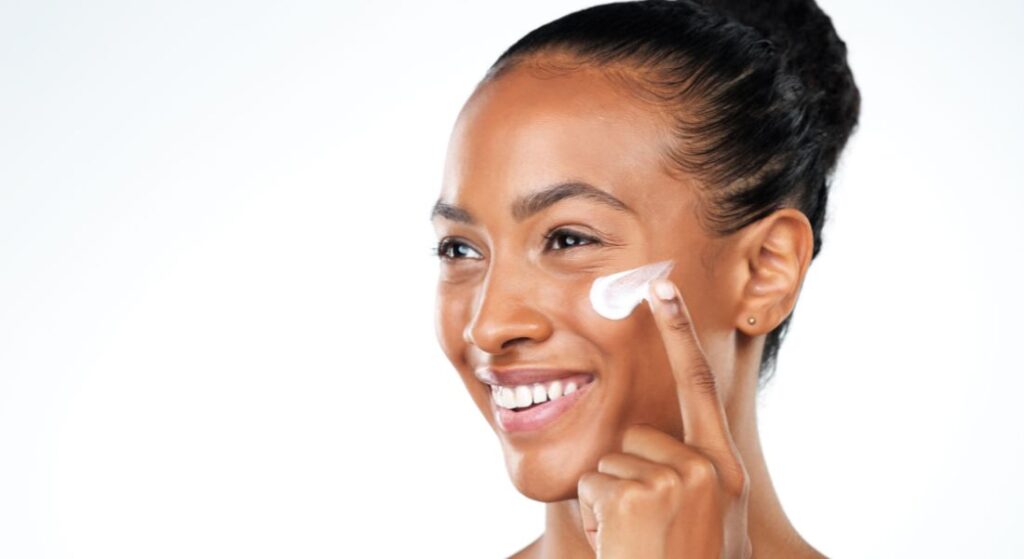
Your clinic will give you aftercare instructions, which are crucial for keeping discomfort to a minimum. You might be advised to use specific creams, gentle cleansers, and high SPF. Over-the-counter pain relief can also be taken if you feel sore. The important thing is to follow the routine consistently — this helps you heal faster and reduces unnecessary irritation. Applying cold compresses, using a fragrance-free moisturiser, and avoiding harsh skincare products can make a big difference.
It’s also best to stay away from hot showers, saunas, or vigorous exercise in the first few days, as heat can aggravate your skin and increase discomfort. By sticking to your aftercare plan, you not only feel more comfortable but also give your skin the best chance to heal smoothly.
The Importance of Sun Protection
One of the most uncomfortable mistakes you can make after CO₂ laser treatment is skipping sun protection. Your skin will be extremely sensitive, and even short exposure can cause pain, redness, or complications. A broad-spectrum sunscreen and wide-brimmed hat are your best friends during recovery. Think of it as an investment in your results — and your comfort. Sun exposure not only increases discomfort but also risks undoing the benefits of your treatment by causing pigmentation changes or scarring.
You may feel like avoiding the sun completely, which is ideal if possible, but when you do need to go outside, make sure your protection is strong and applied generously. Treat your skin gently, and you’ll thank yourself later when your results shine through.
When to Expect Relief

Most people notice the uncomfortable sensations ease within the first week, though redness may linger longer. As your skin starts to peel and renew itself, tenderness gives way to a tight, fresh feeling. By the second week, most discomfort has settled, leaving you with manageable dryness rather than pain. You might still notice some pinkness in the skin, which is part of the natural healing process, but it generally isn’t painful.
Instead, it’s more of a visual reminder that your skin is still regenerating beneath the surface. For most people, this stage feels much easier, as the initial heat and swelling are behind them. At this point, you can focus more on protecting your new skin and less on managing discomfort.
Making Recovery Easier
To make recovery more comfortable, plan ahead. Stock up on gentle skincare, have soft pillows and light clothing that won’t irritate your skin, and give yourself permission to rest. Staying hydrated, avoiding strenuous activity, and keeping your environment cool can also make those first few days easier. Some people also find that listening to calming music, watching a series, or reading a book distracts them from any mild irritation or itching.
Simple steps like preparing meals in advance and making sure you have everything you need within reach at home can reduce stress and help you focus on healing. The more you support your body during this time, the smoother and more comfortable your recovery will be.
FAQs
1. How painful is CO₂ laser resurfacing compared to other skin treatments?
CO₂ laser resurfacing is more intense than lighter treatments like chemical peels or microneedling, but the discomfort is usually less than people expect. Most patients describe it as manageable with proper anaesthesia and aftercare.
2. What does CO₂ laser resurfacing actually feel like during the procedure?
It feels like a series of quick, hot snaps across the skin — similar to a rubber band flick combined with warmth. The sensation varies depending on your pain threshold and the settings used.
3. Is anaesthesia always used for CO₂ laser treatments?
Yes, clinics will always use some form of anaesthesia. This might be a numbing cream, local injections, or mild sedation for larger areas to ensure you stay comfortable.
4. How long does the discomfort last after the procedure?
The most intense discomfort is in the first few hours after the anaesthetic wears off. Within a few days, most patients report only mild tenderness or irritation.
5. What can I do at home to make recovery more comfortable?
Follow your aftercare plan carefully, use soothing creams provided by your clinic, and apply cold compresses to reduce heat and swelling. Sleeping slightly upright and staying hydrated also helps ease discomfort.
6. Will my skin be very sensitive after CO₂ laser resurfacing?
Yes, your skin will be especially sensitive to heat, touch, and sunlight during the healing period. This sensitivity usually improves within a week, although redness can linger longer.
7. Can I take painkillers or medication after the treatment?
Over-the-counter pain relief like paracetamol or ibuprofen can usually be taken to help with soreness, but always check with your clinic first. They may also recommend specific soothing products.
8. When will the redness and swelling go away?
Swelling usually settles within a few days, while redness may last for a couple of weeks. Everyone heals at a different pace, but it gradually improves as your skin regenerates.
9. How soon can I go back to work or normal activities?
Most people take about a week off for recovery, depending on the intensity of the treatment. Light activities are usually fine, but strenuous exercise and sun exposure should be avoided until your clinic advises.
10. Is CO₂ laser resurfacing worth the discomfort for the results?
Many patients feel the short-term discomfort is well worth it for smoother, firmer, and more radiant skin. Results can last for years, making it one of the most effective treatments for long-term skin rejuvenation.
The Bottom Line
CO₂ laser resurfacing isn’t a pain-free treatment, but it’s usually far more tolerable than people fear. With anaesthetic during the procedure, proper aftercare, and realistic expectations, most people find the discomfort completely manageable. Think of it as a short period of sensitivity in exchange for months or even years of smoother, more radiant skin.
While the first few days can feel intense, the majority of patients agree that the results outweigh the temporary discomfort. By following your practitioner’s advice and taking care of your skin during recovery, you can minimise pain and maximise outcomes. In the end, it’s not about being pain-free — it’s about achieving long-lasting improvements that help you feel more confident and comfortable in your own skin.
If you’re thinking about CO2 laser treatment in London, choosing an experienced specialist is key. With Dr Ayham Al-Ayoubi at the London Medical and Aesthetic Clinic, you can be assured of expert care, advanced technology, and natural results tailored to your needs.
References:
1. Alster, T.S. & Lupton, J.R., 2001. Lasers in dermatology: overview of types and indications. Dermatologic Clinics, 19(2), pp.287–308. Available at: https://www.sciencedirect.com/science/article/abs/pii/S0733863505702103
2. Tierney, E.P., Hanke, C.W., 2012. The effect of cold-air anesthesia during fractionated carbon dioxide laser treatment on patient comfort. Journal of the American Academy of Dermatology, (study). Available at: https://www.sciencedirect.com/science/article/abs/pii/S0190962211001356
3. Batra, R.S., et al., 2003. A prospective survey of patient experiences after laser resurfacing. Journal of the American Academy of Dermatology. Available at: https://jamanetwork.com/journals/jamadermatology/fullarticle/479537
4. Manuskiatti, W. & Fitzpatrick, R.E., 2000. Treatment response of keloidal and hypertrophic sternotomy scars with carbon dioxide laser resurfacing. Archives of Dermatology, 136(4), pp.445–451. Available at: https://jamanetwork.com/journals/jamadermatology/fullarticle/479195
5. Waibel, J.S. & Wulkan, A.J., 2012. Treatment of photoaging and acne scarring with fractional CO₂ lasers: a review. Cosmetic Dermatology, 25(4), pp.180–186. Available at: https://www.researchgate.net/publication/289979641_Treatment_of_photoaging_and_acne_scarring_with_fractional_CO2_lasers_A_review

